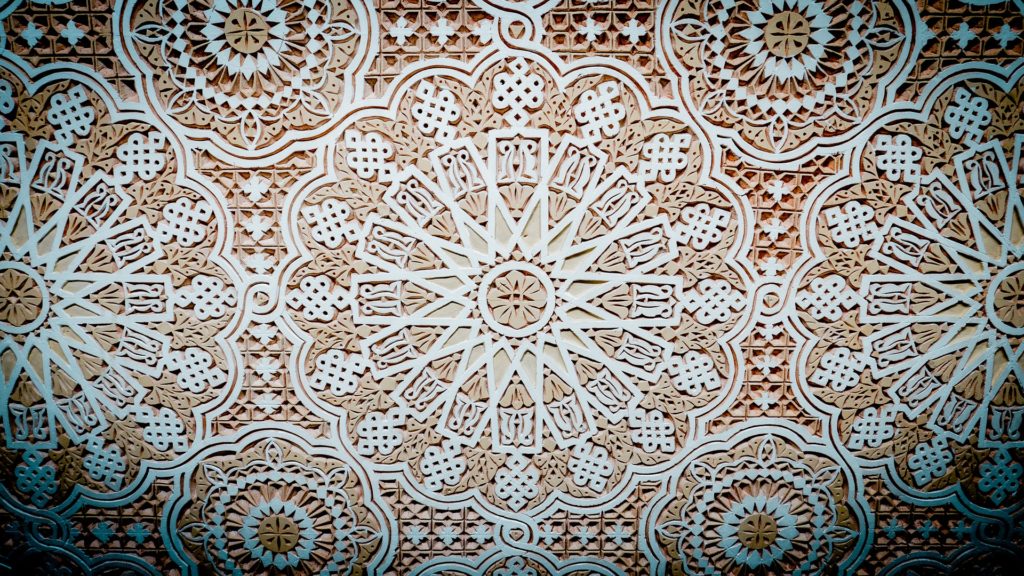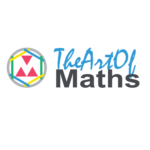Results to the PISA test reveal that European students’ performance in mathematics is lagging behind compared to other areas. As the results of 2012 indicate, 22.1% of European students were low achievers in mathematics; in other words, more than one out of five youngsters is not equipped with this basic skill.
Here are several factors that can contribute to these results. First, mathematics concepts are often perceived as difficult to understand as they are theoretical. We already covered this aspect in the article ‘MATH REALITY: using virtual reality to teach mathematics’. The second factor derives from the first: as mathematics are perceived as theoretical, students wonder about the usefulness of knowing mathematical concepts as they do not see how it can impact their daily life. In class, you might have heard – or thought to yourself – sentences such as: “how is Pythagora’s theorem supposed to help me find a job?”, “I do not need to know about angles to manage my budget!”, to quote a few. A third factor is that some students convince themselves that mathematics is not for them, even when, after all, mathematics is made of several disciplines: calculus, geometry, etc. Linked to this belief is that some people are either good at maths or good at arts.
Origami, the art of paper folding, is a good hands-on approach to mathematical concepts.
For all these reasons, we have decided to join the partnership of “The Art of Maths” project to tackle these challenges. We think that showcasing the links between mathematics and other disciplines (“arts” or “humanities” in the broadest sense) can help students understand practical examples of uses of mathematics in real life, understand the practical impact of mathematics in their daily life, and see that arts and mathematics are more closely related than most people think.
Do you need examples of mathematics applied in arts? In Ancient Greece, the proportions of the Parthenon were defined along the principle of the ‘Golden ratio’; Renaissance art introduced linear perspective, which is an application of geometry; Pythagora’s theorem can be used to identify numerical relations in sounds; and Fourier analysis provides a modern definition of harmony used in arts. Mathematical notions, mentality and history are related in various pieces of art such as theatrical texts, movies and literature.

Islamic art is known for impressive displays of geometry skills.
Concretely, the project partners will deliver the following:
- an E-Library of resources, including lessons,
- two training courses based on the idea of the applicability of mathematics in various forms of Arts, such as visual arts, music, cinematography, theatre and literature,
- pilot testings and workshops appealing to both educators and students of High Schools will be accomplished, in all the five partner countries,
- a ‘Food for Thought’ report of good methodologies and a thorough quality control of the materials created
- a printed and digital handbook: The Art of Maths ‘Best-Of’.
This project started in October 2018 and will last for 2 years.

![]() Follow us on Facebook: @theartofmaths
Follow us on Facebook: @theartofmaths
Visit the project’s website : https://artofmaths.eu/
#TheAMaproject
In collaboration with : Sandgärdskola (Borås Stad), Citizen in Power, Spel, University of Thessaly

